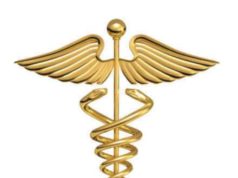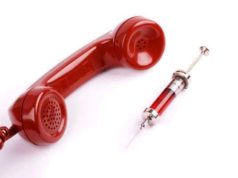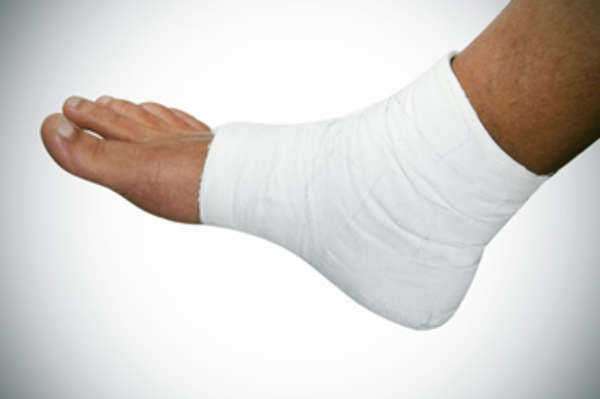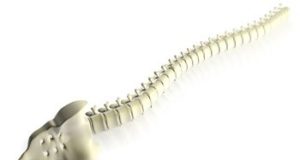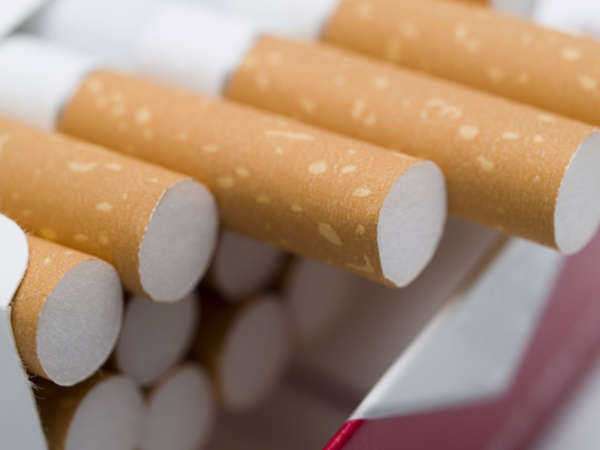
Water pipes or plumbing systems are an integral part of every household. They supply clean and safe water for cooking, drinking, and cleaning. However, many homeowners don’t pay much attention to their plumbing systems until something goes wrong. A leaky or clogged pipe can result in expensive repairs and pose health risks to residents. In this article, we will discuss water pipes in detail, including their types, materials, installation, maintenance, and common problems.
Types of Water Pipes
There are two main types of water pipes: supply and drain pipes. Supply pipes bring water into the house from the municipal water supply or well, while drain pipes remove wastewater and sewage from the home to the septic system or sewer.
Supply Pipes
Supply pipes are pressurized, meaning they have water flowing through them under pressure. They can be further classified into hot and cold water pipes.
Cold Water Pipes
Cold water pipes bring water from the main supply to various fixtures in the house, such as sinks, bathtubs, showers, and toilets. They are usually made of copper, galvanized steel, or plastic (PVC or CPVC). Copper pipes are durable, corrosion-resistant, and easy to install but can be expensive. Galvanized steel pipes have a protective layer of zinc that prevents corrosion but can rust over time. Plastic pipes are lightweight, flexible, and easy to cut and install.
Hot Water Pipes
Hot water pipes supply hot water to appliances like water heaters, dishwashers, and washing machines. They are usually made of copper, galvanized steel, or PEX (cross-linked polyethylene). Copper pipes are the most popular material for hot water pipes due to their durability, heat resistance, and ability to handle high water pressures. However, they can be expensive and prone to erosion over time. Galvanized steel pipes are not recommended for hot water as the zinc lining can break down and cause rust. PEX pipes are flexible and easy to install but can be more expensive than copper.
Drain Pipes
Drain pipes carry wastewater and sewage away from the house to the septic system or sewer. They are usually made of cast iron, clay, PVC, or ABS (acrylonitrile-butadiene-styrene).
Cast Iron Pipes
Cast iron pipes are heavy and durable, making them ideal for drain pipes. They can withstand high water pressures and are resistant to corrosion and fire damage. However, they can be expensive and challenging to install due to their weight.
Clay Pipes
Clay pipes are porous and can crack or break over time, making them less popular than other materials. They are also more prone to root invasion than other materials like PVC and ABS.
PVC Pipes
PVC (polyvinyl chloride) pipes are lightweight, easy to install, and budget-friendly. They are resistant to corrosion, chemical damage, and clogging, making them a popular choice for drain pipes. However, they can become brittle over time and may require replacement.
ABS Pipes
ABS (acrylonitrile-butadiene-styrene) pipes are similar to PVC but have better impact resistance and toughness. They are also resistant to chemicals, clogging, and biodegradation, making them an excellent choice for drain pipes.
Water Pipe Materials
Water pipes can be made from a variety of materials, each with their own strengths and weaknesses.
Copper Pipes
Copper pipes are the most popular material for water supply lines due to their durability, heat resistance, and ability to handle high water pressures. They are also resistant to bacteria and scale buildup, making them a hygienic choice for drinking water. However, they can be expensive and prone to erosion over time.
Galvanized Steel Pipes
Galvanized steel pipes have a protective layer of zinc that prevents corrosion, making them ideal for water supply lines. They are also strong and long-lasting but can be heavy and challenging to install. Additionally, the zinc lining can break down over time and cause rust, reducing water quality.
PEX Pipes
PEX (cross-linked polyethylene) pipes are flexible and easy to install, making them a popular choice for water supply lines. They are also resistant to chemicals and freeze damage and can be used with both hot and cold water. However, they can be more expensive than other materials and may be subject to brittleness over time.
CPVC Pipes
CPVC (chlorinated polyvinyl chloride) pipes are similar to PVC but have been treated with chlorine to make them more heat-resistant. They are affordable and easy to install but may require special fittings and tools.
PVC Pipes
PVC (polyvinyl chloride) pipes are lightweight and easy to cut and install, making them an economical choice for water supply lines. They are also resistant to corrosion and scale buildup but may be subject to brittle fractures over time.
Installation
Proper installation is critical for the longevity and efficiency of water pipes. Here are some steps to follow when installing water pipes:
Step 1: Map Out the Water Supply System
Before installing the water pipes, it’s essential to map out the water supply system and identify the locations of the water meter, main water shutoff valve, and various fixtures.
Step 2: Choose the Pipe Material and Size
Select the appropriate pipe material and size based on the water pressure, flow rate, and temperature requirements. Consult local building codes to ensure compliance.
Step 3: Cut the Pipes
Cut the pipes to the appropriate length using a pipe cutter or saw. Make sure the cuts are clean and straight.
Step 4: Debur the Edges
Smooth out any rough edges or burrs on the cut pipes using a deburring tool or sandpaper.
Step 5: Install Fittings
Attach the appropriate fittings, such as connectors, elbows, and tees, to the pipes to create a network of pipes that will carry water to the various fixtures.
Step 6: Solder the Joints (for Copper Pipes)
If using copper pipes, solder the joints using a propane torch and lead-free solder. Be sure to leave enough room for expansion and contraction due to temperature changes.
Step 7: Test the System
Test the water supply system for leaks, pressure, and water flow using a pressure gauge and plumbing snake.
Maintenance
Regular maintenance is essential for the smooth operation and longevity of water pipes. Here are some tips for maintaining your water supply system:
Check for Leaks
Check for leaks in the water supply system, especially around joints, valves, and fittings. Fix any leaks immediately to prevent water damage and wasted water.
Inspect the Water Heater
Inspect the water heater annually for rust, sediment buildup, and leaks. Flush the tank to remove sediment.
Clean the Pipes
Clean your water pipes annually to remove mineral deposits and increase water flow. You can use a homemade solution of vinegar and baking soda or a commercial cleaner.
Inspect the Sewer System
Have your sewer system inspected every few years to ensure there are no clogs, blockages, or tree roots invading the pipes.
Common Water Pipe Problems
Water pipes can develop several problems over time, ranging from minor leaks to catastrophic failures. Here are some common water pipe problems and their solutions.
Leaking Pipes
Leaking pipes are one of the most common water pipe problems. They can be caused by several factors, including corrosion, high water pressure, physical damage, and faulty joints. A leaking pipe can result in water damage, higher utility bills, and contamination of the water supply. Solutions for leaking pipes include repairing or replacing the damaged section of the pipe, tightening loose fittings, or replacing the pipe altogether.
Clogged Pipes
Clogged pipes are another common water pipe problem that can be caused by mineral buildup, grease, hair, or foreign objects. A clogged pipe can result in slow water flow, backup, and unpleasant odors. Solutions for clogged pipes include using a plumbing snake or auger to remove the blockage, flushing the pipes with hot water or a vinegar solution, or contacting a professional plumber.
Frozen Pipes
Frozen pipes are more common in colder climates where the temperature can drop below freezing. When water pipes freeze, water expands, causing the pipes to crack or burst. This can result in water damage, higher utility bills, and contamination of the water supply. Solutions for frozen pipes include using a space heater or hairdryer to thaw the pipes, wrapping the pipes with foam insulation or heat tape, or contacting a professional plumber.
Conclusion
Water pipes are an essential part of every household that provides safe and clean water for drinking, cooking, and cleaning. Understanding the types and materials of water pipes, proper installation, regular maintenance, and common problems can help homeowners maintain their water supply systems and prevent costly repairs. Consult with local building codes and regulations when installing or repairing water pipes to ensure compliance with safety and environmental standards.
What is a Water Pipe?
A Water Pipe is a filtration device used for smoking tobacco and other herbal substances. Water pipes come in many different forms, such as hookahs, and bongs. The purpose of the water pipe is that the cooling effect of the water reduces the chance of burning the individual smoking as compared to smoking tobacco. Although smoking tobacco through a water pipe has been around for centuries and is still highly prevalent in the Middle East it is widely known with the use of cannabis, or marijuana, in this country.
Safety
Unbeknownst to many, smoking out of a water pipe is just as dangerous and just as addictive as smoking cigarettes. Because the “drag” one takes off of a hookah the research shows that individuals who use water pipes are actually inhaling more chemicals and carcinogens then individuals who smoke cigarette and an hour long session, which is customary, involves smoking up to 200 times the volume of smoke inhaled from one cigarette. Water pipe smokers are prone to the same risks of illness as cigarette smokers including heart conditions, cancer, emphysema and decreased fertility.
Are water pipes illegal?
According to U.S. statute it is illegal to “sell, transport through the mail, transport across state lines, import, or export, drug paraphernalia.” This includes water pipes. However, the law is broad in its determination of what is and what is not drug paraphernalia. Head shops do still exist in the cities and on the internet. This is because smoking tobacco is a legitimate reason for possessing a water pipe. For this reason signs in head shops will have disclaimers stating that the water pipes are only for tobacco use. The shopkeepers will often turn away customers who use the word “bong” or express intentions of using it for illegal purposes. Most notably, the actor Tommy Chong was arrested and imprisoned for his association with a water pipe that was sold on the internet.
Litigation
Although the real cause of injury in situations concerning smoking of water pipes is the tobacco itself there may be legal action on taken against the manufacturers of water pipes. The research on water pipes is not as conclusive as those for cigarettes but it is apparent that the dangers are similar.
If you or someone you know has been injured do to smoking tobacco through a water pipe and you have developed any adverse medical conditions associated with smoking then it is in your best interest to consult an attorney.
Aside from injury suits against the tobacco companies themselves it is possible to file an action for injury based on defective design against the manufacturers of the water pipe. Don’t sit on your rights as the statute of limitations tolls. Consult an attorney about your conditions and your exposure to these products today.


